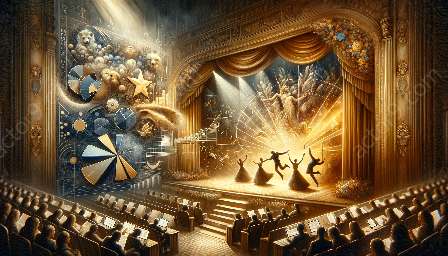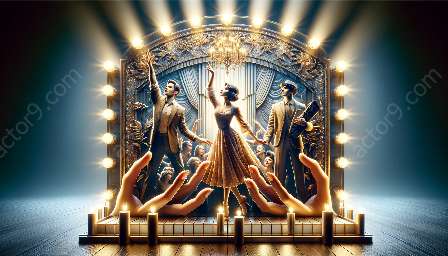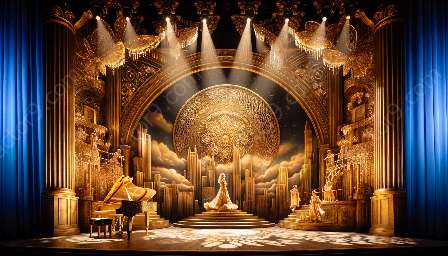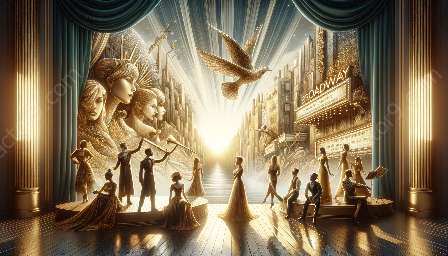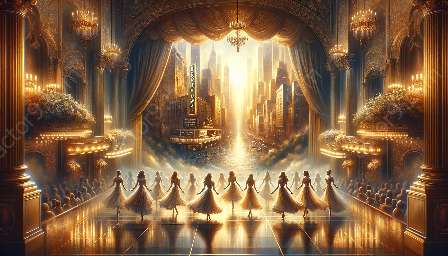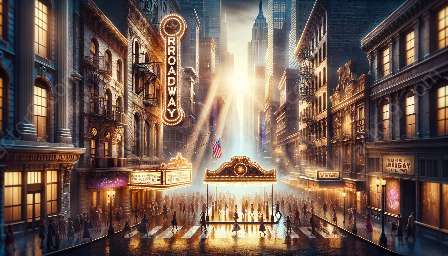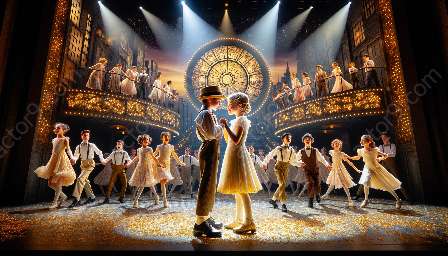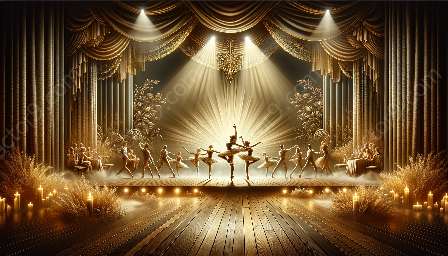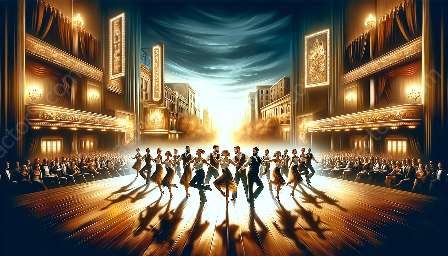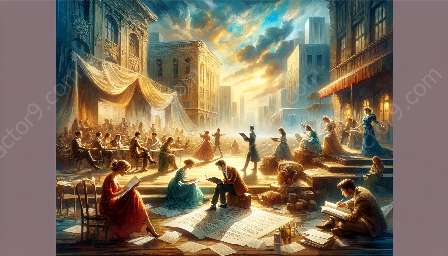Broadway musical performances have undergone significant changes in the role of the conductor and orchestra, reflecting the evolution of musical theater styles over the years. This topic cluster explores the historical development of the conductor and orchestra's role in Broadway musicals, the changing demands of different musical styles, and the impact of technological advancements on live performances.
Early Broadway Musicals and Orchestral Arrangements
In the early days of Broadway, musicals were often scored for smaller orchestras due to restrictions on space and resources. The conductor's role was primarily to keep the music on track and ensure that the performers stayed synchronized. Orchestral arrangements were typically written for a small ensemble, emphasizing the use of piano, strings, and occasionally wind instruments.
The Golden Age of Broadway Musicals
During the 1940s and 1950s, the conductor and orchestra began to play a more prominent role as musicals became more complex and the orchestral arrangements expanded to include a wider range of instruments. Musicals like Oklahoma! and The Sound of Music introduced more intricate and lush orchestrations, requiring skilled conductors to lead larger orchestras.
Innovations in Orchestration and Conducting Techniques
The 1960s and 1970s saw significant innovations in both orchestration and conducting techniques. Composers such as Stephen Sondheim and Leonard Bernstein introduced complex harmonies, rhythmic patterns, and non-traditional instrumentations, challenging conductors and orchestras to adapt to new musical styles. The role of the conductor expanded beyond keeping time to interpreting the composer's intentions and shaping the musical performance.
Contemporary Broadway Musicals and Technological Advancements
With the advent of modern technology, Broadway musicals have incorporated electronic instruments, synthesizers, and pre-recorded tracks into their orchestral arrangements. This has altered the conductor's role to include coordinating live music with pre-recorded elements, creating a blend of traditional orchestral sounds and electronic effects.
Impact of Different Musical Styles on Orchestral Requirements
From classic musicals to rock operas and contemporary pop-influenced shows, the role of the orchestra and conductor has evolved to accommodate diverse musical styles. Conductors must adapt their conducting techniques and orchestral arrangements to reflect the specific demands of each musical genre, showcasing the versatility and adaptability of Broadway orchestras.
Conclusion
In conclusion, the role of the conductor and orchestra in Broadway musical performances has transformed significantly over the years, mirroring the evolution of musical theater styles. From the early days of smaller ensembles to the contemporary era of technological advancements, conductors and orchestras have adapted to the changing demands of musical compositions and performance styles, contributing to the rich tapestry of Broadway musical experiences.










